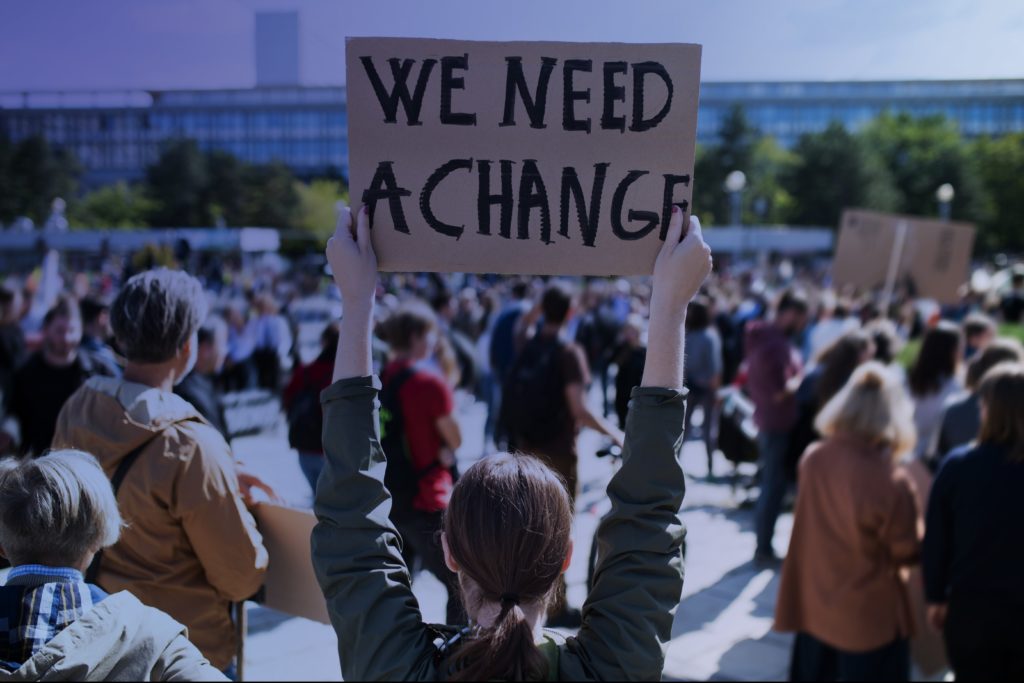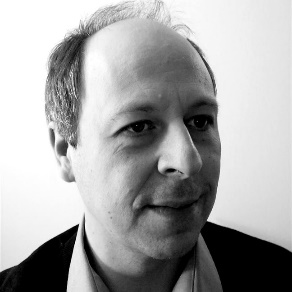Open Access Q&A with Adam Burbage, Global Head of Portfolio in the Behavioral Sciences at Taylor & Francis
Much has been discussed about why open access has been slower to take flight in the humanities or social sciences as opposed to STEM fields (science, technology, engineering and medicine). For the most obvious and perhaps biggest reason, STEM disciplines, particularly those which focus on applied research have more funding. STEM by its very nature is closely linked to research and development, which in turn attracts business and profit, whether it’s biotech or alternative energy development.

Old ideas are slowly changing, however. What are referred to as the “soft sciences” have become compellingly linked to economics; increasingly, knowledge and expertise about people is becoming quantifiable for business. For examples, just take a look at some of the biggest issues of our times – COVID19, BLM and the #MeToo movements. In our current pandemic, we’ve found that hard science on its own cannot (and has not) solved the multitrillion dollar economic losses from viral transmission. And employers who don’t have teams who are highly qualified when it comes to diversity management, with its multidisciplinary skills that can include psychology, sociology, history, and law, expose themselves to enormous losses financially, from investor disinterest to inability to attract and retain employees.
To get the perspective of someone who’s in the thick of a social sciences Open Access revolution, I spoke to Adam Burbage, Global Head of Portfolio in the Behavioral Sciences at Taylor & Francis. Burbage brings a wide perspective to the table, as he actually started his over 13 year career at T&F in literary studies. He’s also passionate about what he calls “the Reinvention”, and so was the perfect person to speak to about the lessons learned converting journals to open access.
Leah Kinthaert:
“As Open Access begins to take off in disciplines outside the hard sciences, where do you start. How do portfolio managers decide which journals should convert to open access?”
Adam Burbage:
“In the behavioral sciences, funding tends to be lower, and it tends to be more unevenly distributed. It has two key elements, the first is market sizing, which is to look at the various disciplines in which we publish so we can begin to identify where the opportunities lie. The second is an editorial assessment, where we look at the various candidates that we’ve identified; we look at the team to make a judgment about what sorts of support they might need, we look at current submissions to the journal for the level of open access funding that already exists there, as well as a number of other things to see if there are any potential blockers to converting.”
Leah:
“From what I have read, Open Access funding tends to be lower in the humanities as well. Much of the solution here seems to be convincing policy makers and funders that certain disciplines are valid in solving real-world problems. There’s a great T&F paper on the very topic Read the article on OA funding policies in the humanities. Do you agree?”
Adam:
“I think this is part of it, but I think as well that it needs to be about how we frame, or perhaps how we reframe what constitutes a ‘real-world problem’, and more to the point, what constitutes a ‘real-world problem’ that needs solving. I think part of the difficulty here is that, if you frame problems in particular ways, it can influence how you think about the solutions, which might not include the humanities or the social sciences. There is that old adage, that everything looks like a nail to someone with a hammer. I think that the social sciences and the humanities often address problems that, as a society, we don’t or won’t acknowledge in the same way are problems or address themselves to problems we don’t care enough about solving, but which are nonetheless critical to a healthy and harmonious society. I think that Open Access can actually be part of the solution here, by making that work and the problems it addresses more visible. In this way, it can contribute to expanding the range of problems that we take it upon ourselves to solve.”
Leah:
“Do you think it’s the job of publishers to advocate for funding for researchers? Have you been involved in any discussions or advocacy work around this?”
Adam:
“I think it is the job of publishers to support researchers to disseminate their work in ways, and to audiences, that ensure that it makes the maximum impact possible. The work itself is the best advert for continued investment, in whatever form that might take, whether that is in terms of Open Access funding or in other ways. Practically, that means that we have to continue to deliver a world-class service to authors and provide them with the fullest choice possible in terms of venues and platforms for their work. This is why we are investing so heavily to develop and expand the Open Access publishing options that we already offer.”
Leah:
“What is the value of Open Access for the behavioral sciences?”
Adam:
“The growth in Open Access funding and opportunity comes at a time when researchers in behavioral sciences are more than ever at the forefront of addressing the most urgent problems of our age.”
“To give just a few examples, our authors in gerontology and in clinical psychology are publishing work that addresses the societal and individual impact of aging and the huge demographic change we are experiencing in our society. The global population that is aged 60 years or over almost tripled between 1980 and 2017, according to the United Nations, and they project that it will reach 2.1 billion by 2050. Our authors are shaping the debates about how we best manage this change in our society and how we care for people who are living longer.”
“Advances in neuroscience and cognitive science are massively expanding what we understand about how the mind works and how we experience the world. This work has a multitude of applications in computer science, in software design, in artificial intelligence, in how we learn, and how memory and perception work. It also makes possible advances in how we treat brain disorders and brain injury and support patients in rehabilitation.”
“Our authors are also at the forefront of addressing the increasingly recognized mental health crisis of our age. The value of Open Access is that it allows all of this work to be made as widely available as possible at a time when it has never been more needed.”
Leah:
“What would you say are the similarities or differences in the low level of funding for Open Access in the humanities and the behavioral sciences?”
Adam:
“The similarity is that, in both, the overall level of funding available is more modest than in many other fields in the sciences, but I think within the behavioral sciences there is more funding available, but it is concentrated in particular pockets of activity in particular disciplines. That presents a challenge to us because it informs how we best serve those authors and how we provide them with publishing venues that serve their needs, but which are also commercially sustainable for us. But we’re confident that, as the availability of funding grows, and as we expand our offering, we can continue to do both.”

Leah Kinthaert, Senior Social Media Manager, Corporate Communications at Taylor & Francis
Adam Burbage, Global Head of Portfolio in the Behavioral Sciences at Taylor & Francis

 China
China Africa
Africa
